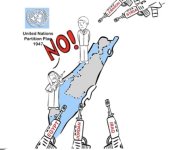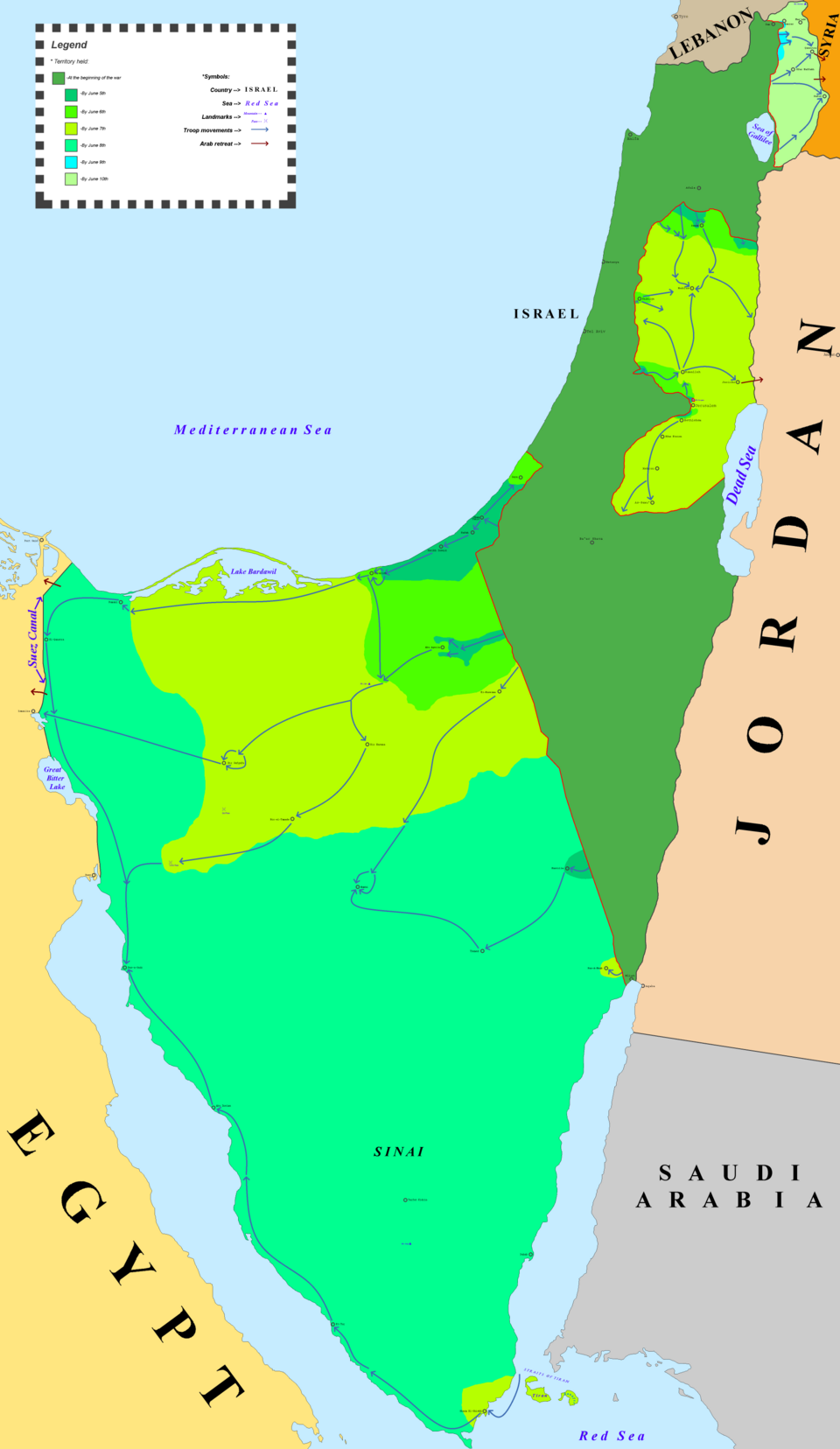The Oslo Accords are a pair of landmark agreements, Oslo I (1993) and Oslo II (1995), between Israel and the Palestine Liberation Organization (PLO) aimed at resolving the Israeli-Palestinian conflict. They established a framework for Palestinian self-governance in the West Bank and Gaza Strip through the creation of the Palestinian Authority (PA) and paved the way for future negotiations on final status issues. While initially intended to lead to a comprehensive peace agreement, the Oslo Accords ultimately fell short of their goals, with the final status talks never fully materializing.
Key aspects of the Oslo Accords:
Then along came Bibi.
Key aspects of the Oslo Accords:
- Recognition and mutual acceptance:
Oslo I marked a significant breakthrough by having Israel recognize the PLO as the representative of the Palestinian people, and the PLO renouncing terrorism and recognizing Israel's right to exist. - Palestinian Authority (PA):
The agreements led to the establishment of the PA, which was intended to be a transitional governing body for Palestinians in the West Bank and Gaza. - Phased approach:
The Oslo process was designed as a phased approach, with interim self-governance arrangements followed by negotiations on final status issues like borders, Jerusalem, and refugees. - Area division (Oslo II):
Oslo II further defined the division of the West Bank into Areas A, B, and C, with varying degrees of Palestinian and Israeli control. - Failed final status talks:
While the interim agreements were signed, the intended final status talks never produced a comprehensive peace agreement, and the process ultimately stalled. - Legacy:
The Oslo Accords remain a significant milestone in the Israeli-Palestinian conflict, with the establishment of the PA being a lasting legacy, but also highlighting the challenges and complexities of achieving a lasting peace.
- Recognition and mutual acceptance:
- Signed on September 13, 1993, in Washington, D.C.
- Established the framework for a five-year interim period of Palestinian self-governance.
- Included provisions for Israeli withdrawal from parts of the West Bank and Gaza Strip.
- Set the stage for negotiations on final status issues.
- Led to the creation of the Palestinian Authority.
- Signed on September 28, 1995, in Taba, Egypt.
- Further defined the powers and responsibilities of the PA.
- Divided the West Bank into Areas A, B, and C.
- Established a timeline for further negotiations on final status issues.
- Expanded Palestinian self-rule in the West Bank and Gaza Strip.
- Lack of trust:
Deep-seated mistrust between Israelis and Palestinians, coupled with continued violence and claims of breaches of the agreements, hampered the process. - Lack of mechanisms for monitoring and enforcement:
The accords lacked robust mechanisms for addressing violations and ensuring accountability, which further eroded trust. - Failure to address core issues:
The final status talks failed to address crucial issues like borders, Jerusalem, and refugees, leaving these unresolved and fueling further conflict. - Continued settlement expansion:
Israeli settlement construction in the West Bank continued throughout the Oslo process, undermining the prospects for a two-state solution and further eroding Palestinian trust.
- Lack of trust:
Then along came Bibi.














